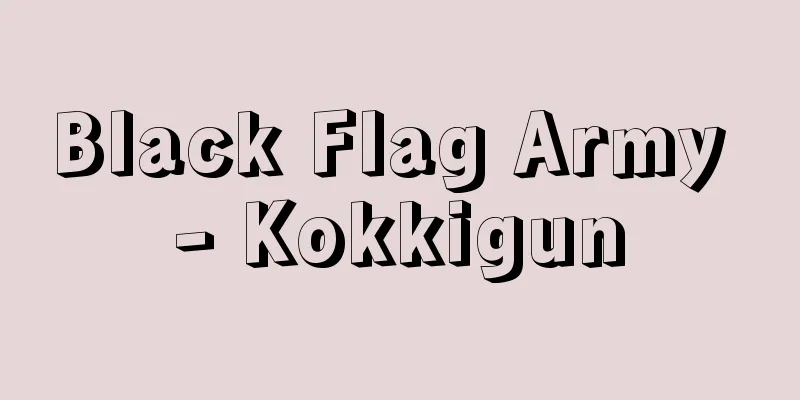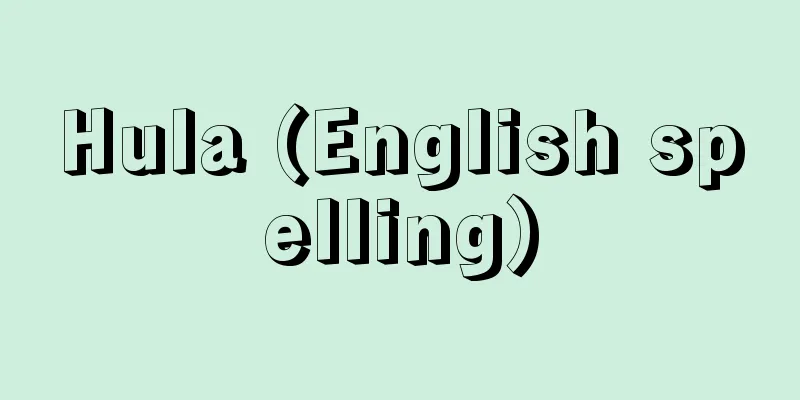Indus style seal

|
…The materials favored were marble during the Uruk period, limestone and granite during the Jamdat Nasr period, serpentine, calcite, and shell during the Early Dynastic Period, quartz and hard stones such as crystal during the Akkadian Period, hematite from the 3rd Dynasty of Ur to the 1st Dynasty of Babylon, and chalcedony and agate during the Kassite, Assyrian, and Neo-Babylonian Periods. Indus civilization seals (Indus-style seals) are stamp-shaped, usually 2-5 cm square, with a knob carved into the back. They are made of steatite and have a large animal and several characters engraved on them. To add hardness to the surface of the seal, some are coated with an alkaline solution, heated, and glazed. … *Some of the terminology used to refer to "Indus style seals" is listed below. Source | Heibonsha World Encyclopedia 2nd Edition | Information |
|
…主に愛好されたのは,ウルク期が大理石,ジャムダット・ナスル期が石灰岩と凍石,初期王朝期は蛇紋岩,方解石,貝,アッカド時代には石英と水晶のような硬い石,ウル第3王朝からバビロン第1王朝までは赤鉄鉱,カッシート時代からアッシリア,新バビロニア時代には玉髄やメノウである。 インダス文明の印章(インダス式印章)はスタンプ形で,普通の大きさは1辺が2~5cmの正方形,背に刻み出してつくった鈕(ちゆう)をもつ。ステアタイト製で1頭の大型動物と数個の文字を刻んであり,印面に硬度を加えるために,アルカリ液を塗って加熱し釉をかけた状態に処理したものもあるといわれる。… ※「インダス式印章」について言及している用語解説の一部を掲載しています。 出典|株式会社平凡社世界大百科事典 第2版について | 情報 |
Recommend
Horned Sesame - Horned Sesame
An annual plant of the family Hornbillaceae (APG ...
Single - Zenu
The title of the Xiongnu ruler. It was monopolize...
ḥurr (English spelling) hurr
…Compared to the Japanese theories, the period is...
Egyptian Economy
…In the November 1995 general election, Muslim Br...
Bernard de Ventadour
…(2)1170-1220 During the golden age of troubadour...
General business bonds - Ippanjigyosai
…Corporate bonds issued by private business compa...
Clethrionomys sikotanensis (English spelling) Clethrionomyssikotanensis
…[Tadaaki Imaizumi] [Yoshinori Imaizumi]. … *Some...
Abas (myth) - Abas
...According to another popular belief, lizards a...
Mitilini (English spelling)
…It is the third largest island in Greece after C...
matter
…Koto is a distinctively Japanese concept of exis...
Large-mouthed pea - Ookuchisaito
…The two canines at the tip of the upper jaw are ...
Campbell sunshine meter - Campbell sunshine meter
...An instrument for recording the hours of sunsh...
Dispatch of troops to Shandong
Japan's armed intervention against the Chines...
Special demand - Tokuju
This refers to demand that arose specifically for...
Invention
...Seven children were born to the former and thi...







![Kentucky [State] - Kentucky](/upload/images/67cb80995e289.webp)

